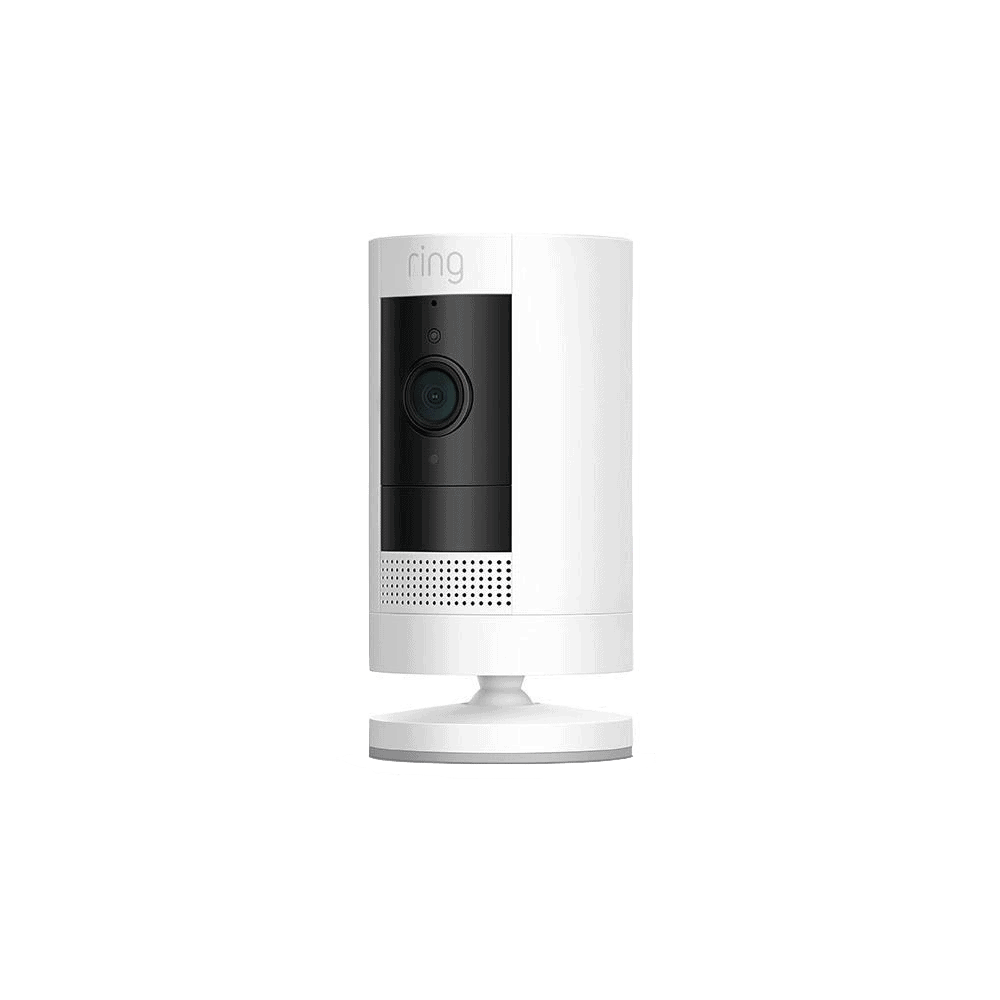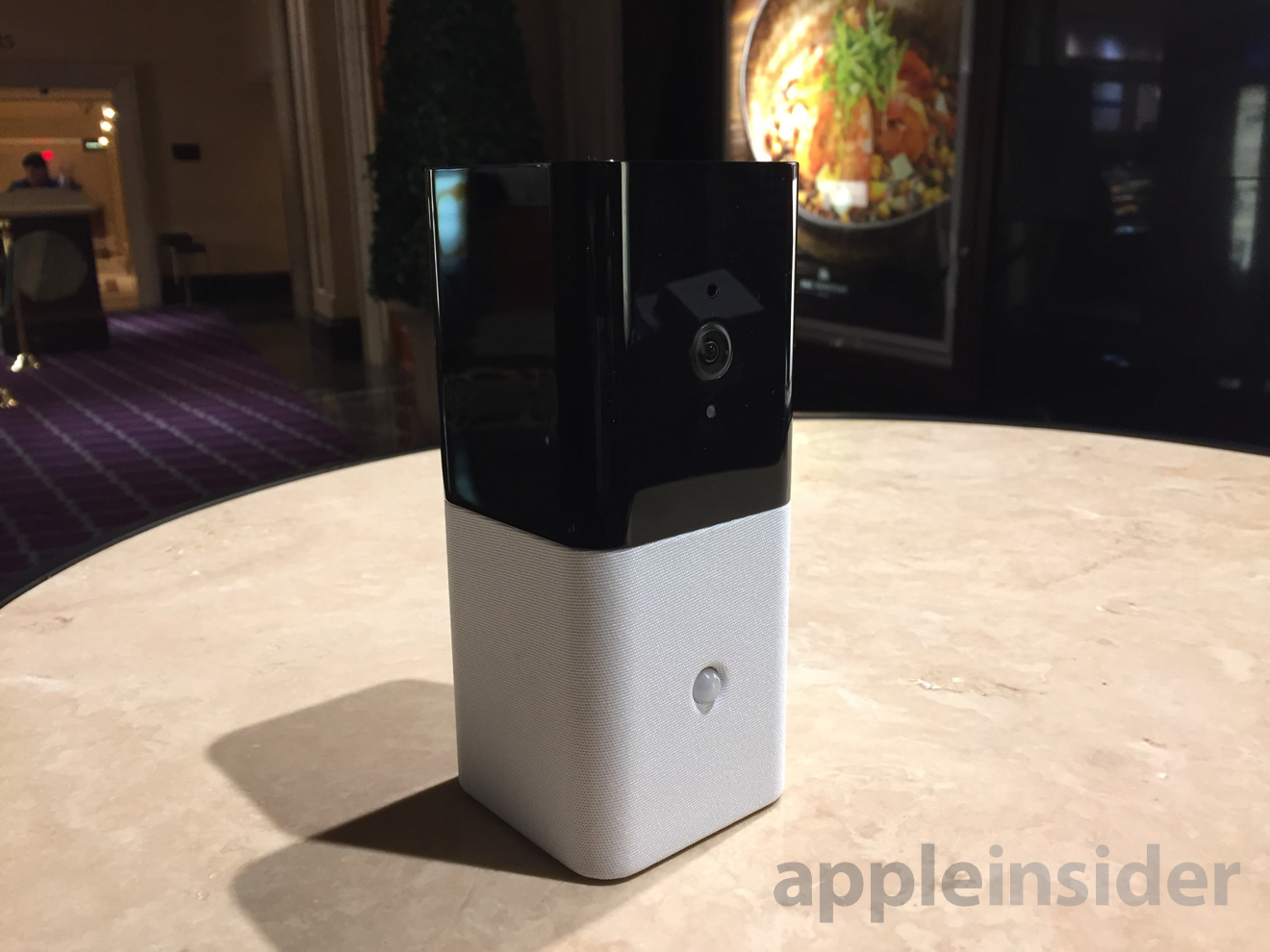
There are many home security options for Alexa. These include Alexa Guard Dog Guard Dog and Intruder Alert. You can also buy additional devices like a SmartThings door lock and Smartdoorbell. These products make it easier than ever to protect your home and family.
Alexa Guard
Amazon has released a new home security feature, Alexa Guard, which works in conjunction with compatible Alexa Echo devices and alarm systems. This device lets you customize how your home's security system reacts to certain events. It can dim lights, turn on/off lights, and mimic the habits of people who live in the house. Alexa Guard can initially work with Ring and ADT home alarm systems.
Alexa Guard is compatible with connected smart lights, and other smart-home devices. It can also detect certain sounds and playback them to alert you to a potential break-in. You can also program it to turn on the connected smart light bulbs, making your home appear occupied.

Alexa Intruder Alert
When you set up an Alexa Intruder Alert, you can set it to sound off when someone attempts to break into your home. You can activate this feature by saying "Alexa set an intruder alarm" and your smart house will alert you. But, it is important to ensure that you enter the correct WiFi password as well as a voice-activated phrase.
You can also use the Alexa Intruder Alert for home security as a fun prank to scare off intruders. You will need to configure the Alexa app to use the device. Moreover, you can configure the intruder alert to work only when someone is home. You don't need to worry about anyone listening to your microphones or hearing your footsteps. The device will only notify you if someone attempts to break into your home.
Guard Dog
Amazon's Guard Dog for Alexa is a smart home security assistant that works with Amazon's Echo devices. The device will alert you to breakage of glass, and it will even play sounds from the breakage to protect you and your belongings. It uses audio recording for security monitoring and can even be used to create Guard tasks.
Guard is available for free and can be used with Alexa home security products. It will detect danger sounds in your house and send you an alert. A 10-second clip is recorded. You can also choose which sounds you want to be notified for.

Smart doorbell
There are two main types currently available: wired smart doorbells and wireless. Both record HD video and the other records in the cloud. For better detail, video doorbells must have at least 1080p resolution. 2K resolution is preferable. Wired doorbells take less care than battery-operated models. Some camera systems can distinguish between pets, people and passing vehicles depending on their model. Some also feature a square aspect ratio and 180-degree field of view.
The ability to stream live video using Alexa may be available on smart video doorbells. Nest security cameras offer this feature, but some of the other smart security cameras support only simple functions like turning on and off the camera and checking its status. Some of these cameras support smart responses, letting you see who rang your doorbell and other smart home security features. Many have motion sensors.
FAQ
How can I choose among different home security systems?
It is important to consider the threat level in your locality. For example, if there's a lot of crime in your neighborhood, then you might want an alarm that will sound when someone enters your property. You may not need as much security if you live in rural areas with few burglaries.
Consider whether you are prepared to pay more for advanced features. Some systems include cameras built in, while others do not. Some systems let users remotely monitor their homes, while others require them to be physically present in order for you to see the footage.
Which home surveillance camera system is best?
A home security system with cameras can help protect your family against intruders. These systems are very easy to use, and provide many benefits for homeowners and renters. You can monitor your property remotely using your smartphone or tablet, computer, and other mobile devices.
Do I really require a home security system?
Home security systems are essential if you have a home. The possibility of a burglar entering your house at any time is possible. They can take all your valuables, even jewelry and expensive electronics. You can leave your doors unlocked and they'll take everything.
A home security system helps protect your home by alerting you whenever something happens. This includes detecting motion, sending alerts to your mobile device, recording activity, and allowing you to view recorded footage.
You don't have to invest in a sophisticated home security system if you prefer not to. A simple DIY camera will do the trick. These devices can be used to monitor who is at your front door as well as send you notifications when someone enters or leaves. But they won't help you stop intruders from breaking into your home.
Which home security system is the most highly rated?
ADT Pulse is the most widely used home security system.
Statistics
- Most home security companies will charge you around 75% of the remaining term of your contract if you cancel early—and some require 100%.Related questionsWhat type of contract length can I expect from security providers?Home security system cancellation (safewise.com)
- Cove sets you free without punishing penalties and fees, unlike other security solutions that charge 75% to 100% of your remaining contract. (safewise.com)
- That's probably why Cove has a whopping 98%* customer retention rate. (safewise.com)
- (In my experience, the discount on my home insurance covered about 25 percent of the subscription of an average plan, but your mileage may vary depending on your location and the size of your home.) (theverge.com)
External Links
How To
How to Install a Home Security System
A home alarm system is a device which monitors your home and alerts when there's an activity. It could be a motion sensor, doorbell camera, smoke detector, fire alarm, flood alert, carbon monoxide detector, burglar alarm, etc. A home security system usually consists of one or more sensors (e.g., motion detectors), which send signals when they detect movement or sound. The signals are then sent out to a control board where they can monitored and recorded. The control panel will send an alert to your smartphone, tablet, computer or voice assistant if there is a problem, such as someone breaking into your home. The control panel will notify you immediately so that you can take corrective action.
The first step to installing a home security system is choosing the right type of sensors for your home. There are two main types, passive and active. Passive sensors aren't powered by batteries. They just detect sounds and vibrations in their environment. They can be doorbells or sirens as well as buzzers. Active sensors use electricity for data transmission. These sensors include motion sensors and cameras.
There are many options for sensors. Each brand has its own pros and disadvantages. Some sensors can withstand extreme weather conditions, while others cannot. Some sensors have built-in speakers, so they can be heard even when you're not outside. Others only work inside. Others are more complex, while some offer more advanced features like night vision.
After selecting the right sensors for your property and deciding on a manufacturer, you will want to make a selection. This will help ensure that your sensors work well together. The hardware store should offer many choices.
Once you have selected a brand of sensor, you need to decide the number you wish to buy. Depending on whether they live with family members or alone, most people purchase one or two sensors. You might want to buy more sensors if you intend on adding them later.
Next, consider where you want to put your sensors. Do you want them near windows and doors? Are they best kept hidden? Before you place them on your property, make sure that you have permission. They should not be in conflict with any electrical outlets.
Now that you know the exact location of your sensors you will need a connection to your control board. Depending on your setup, you may need to purchase a power adapter or battery pack. Once everything is in place, you can start to monitor your property.